Zeit investigates the concept of Time and the history of the many manifestations by which we attempt to measure it.
To read about the exhibition or to purchase tickets click here.
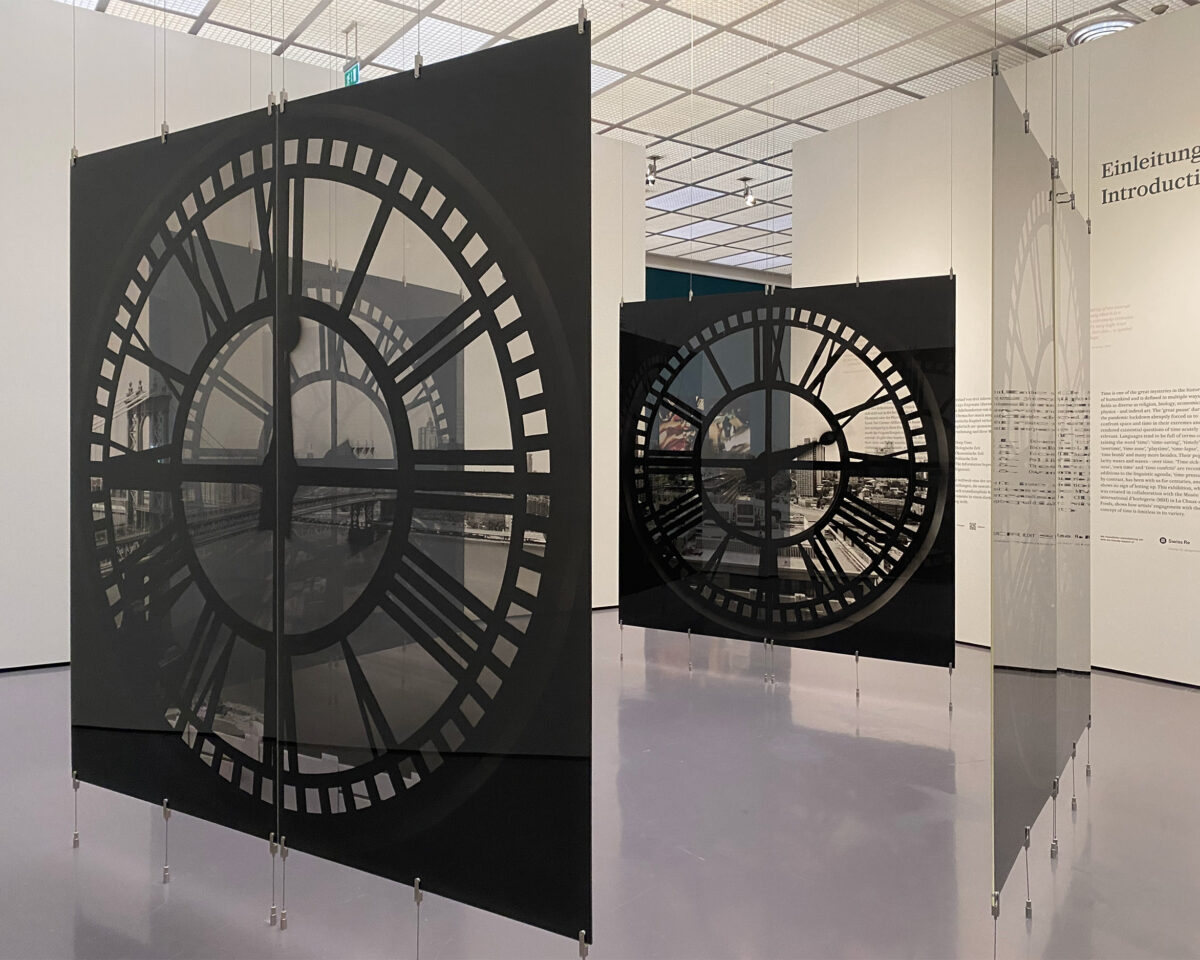
Zeit investigates the concept of Time and the history of the many manifestations by which we attempt to measure it.
To read about the exhibition or to purchase tickets click here.
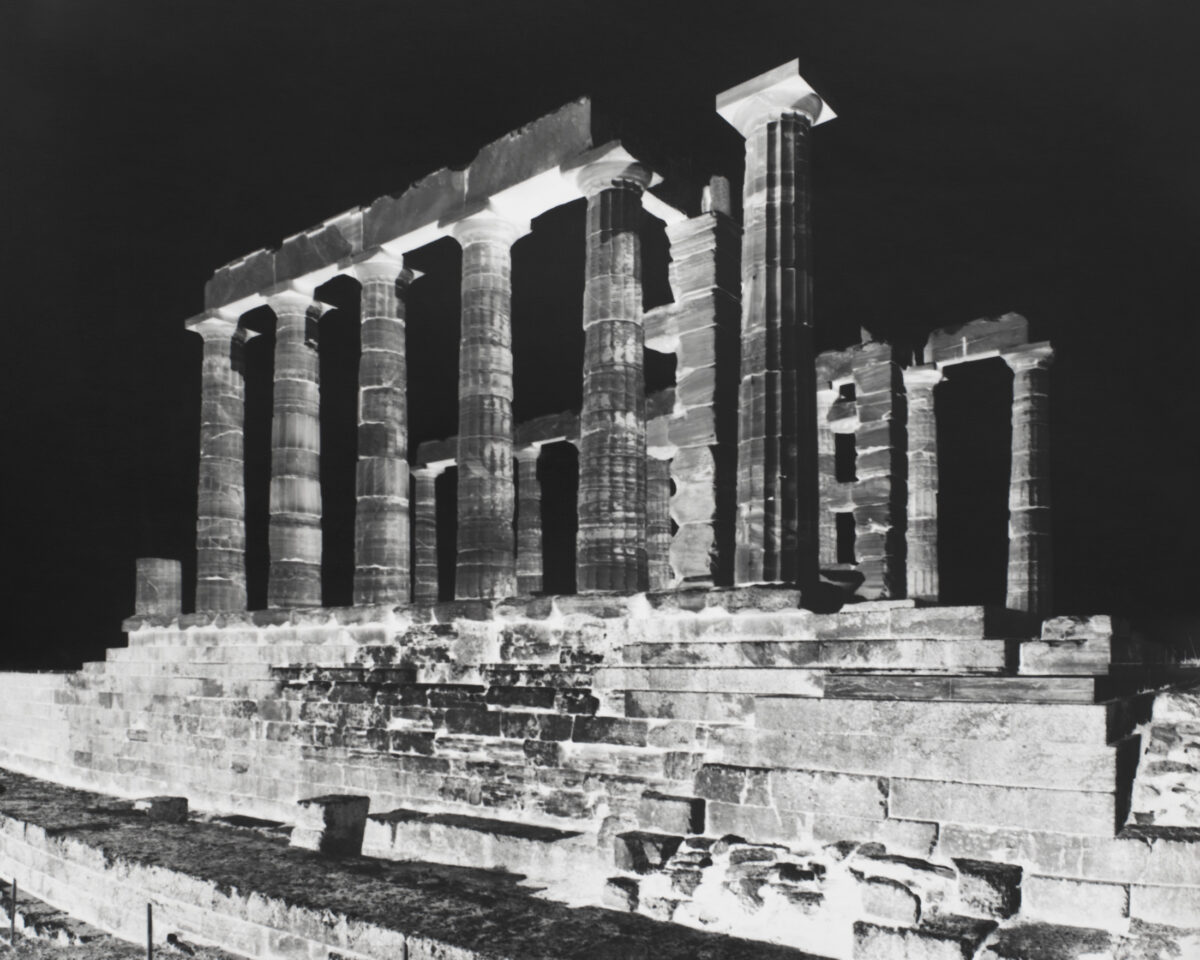
The first exhibition of Vera Lutter’s work with the gallery, when Stones were Blooming brings together works from the artist’s projects working in Paestum and Pozzuoli in Italy as well as Athens, Greece.
Visit the Carling Dalenson website here for more information.
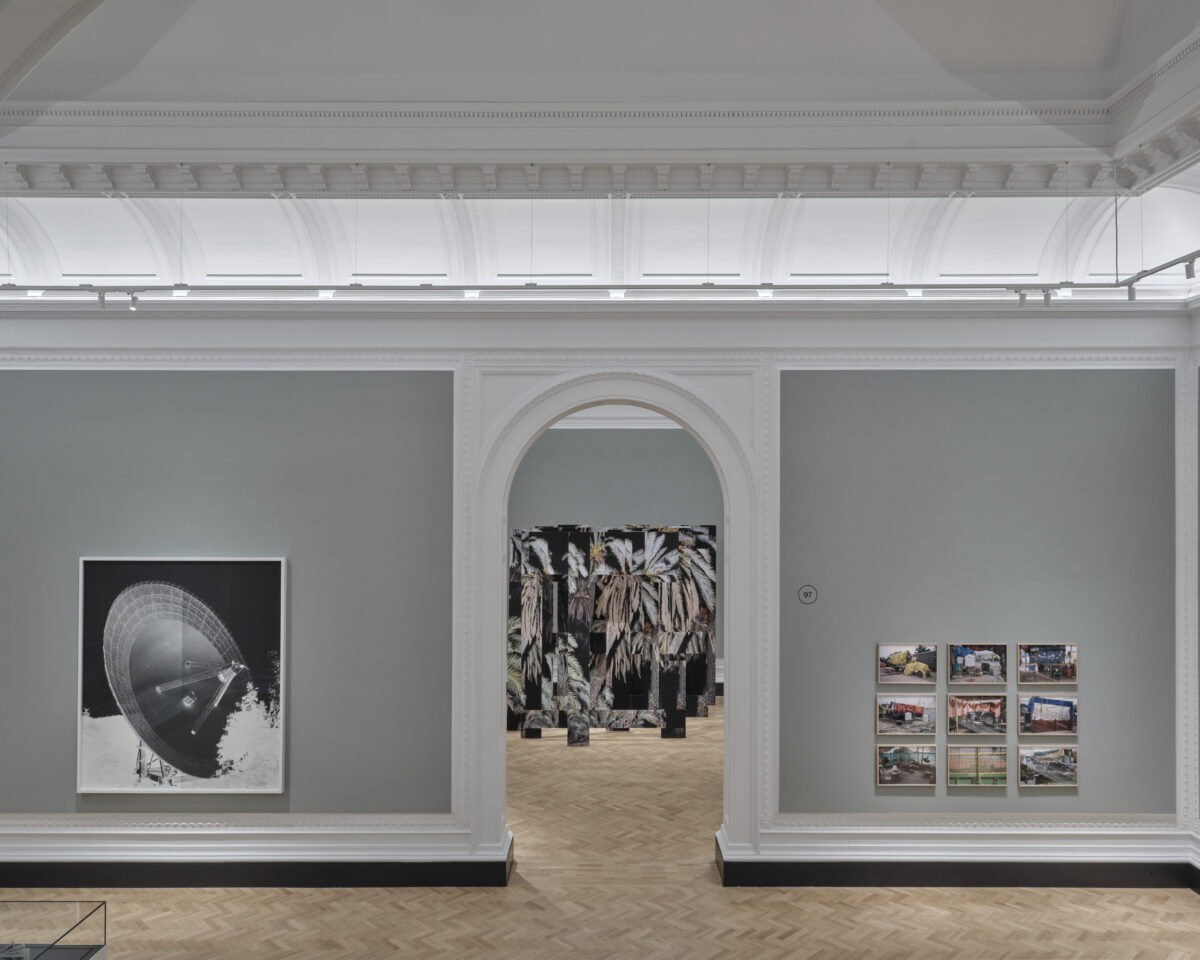
The Photography Centre at V&A South Kensington opens to the public on May 25, 2023. The centre showcases objects from the beginnings of photography to the present day.
Among the inaugural exhibitions presented in the centre’s galleries is Photography Now which showcases the latest additions to the V&A’s collection of global contemporary photography, including Vera Lutter’s monumental work Radio Telescope, Effelsberg, XV: September 12, 2013.
Visit the V&A website here to learn more about the exhibition.
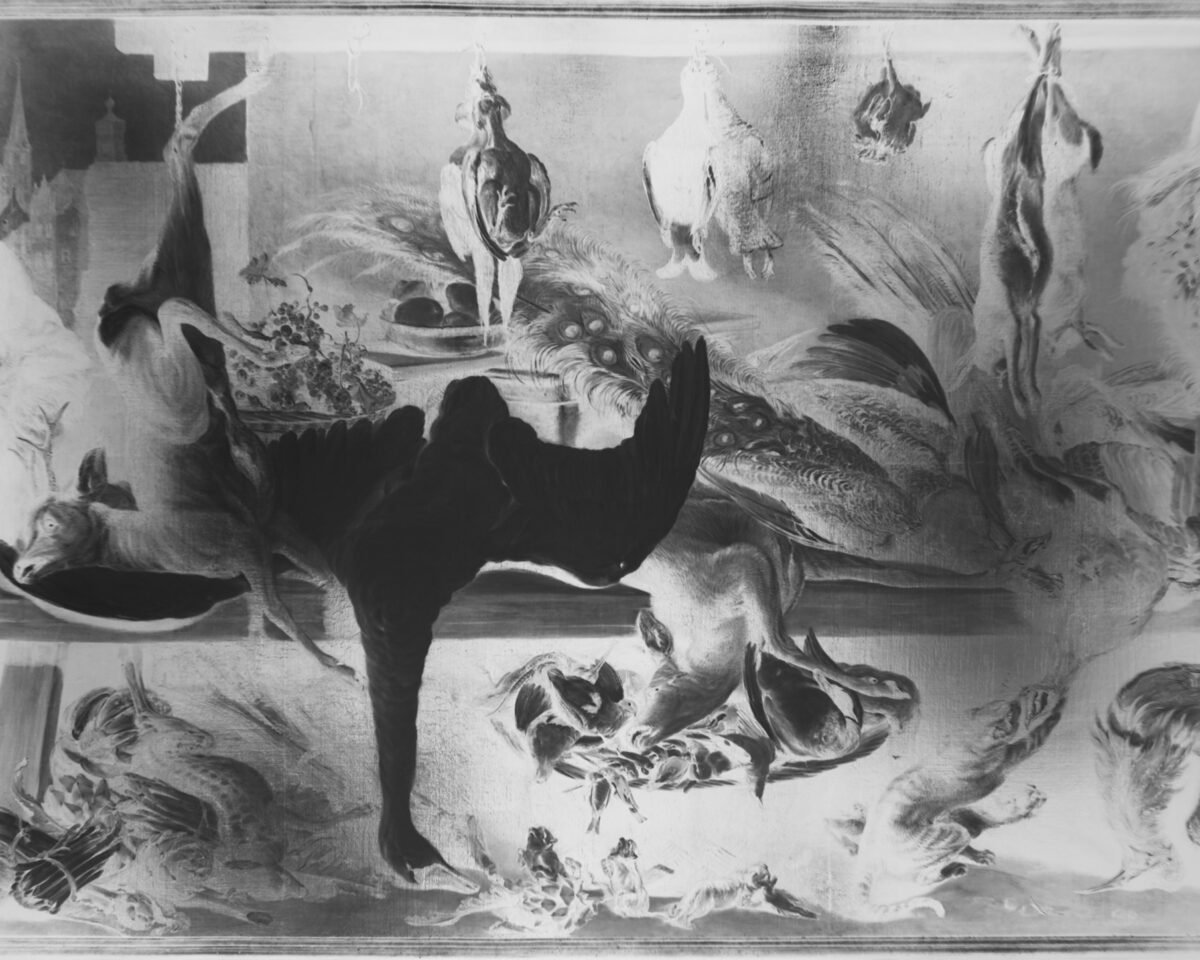
A solo exhibition presenting works from Lutter’s projects photographing the city of Venice, LACMA, and the Pantheon in Rome.
Visit the Baldwin Gallery website here to learn more.
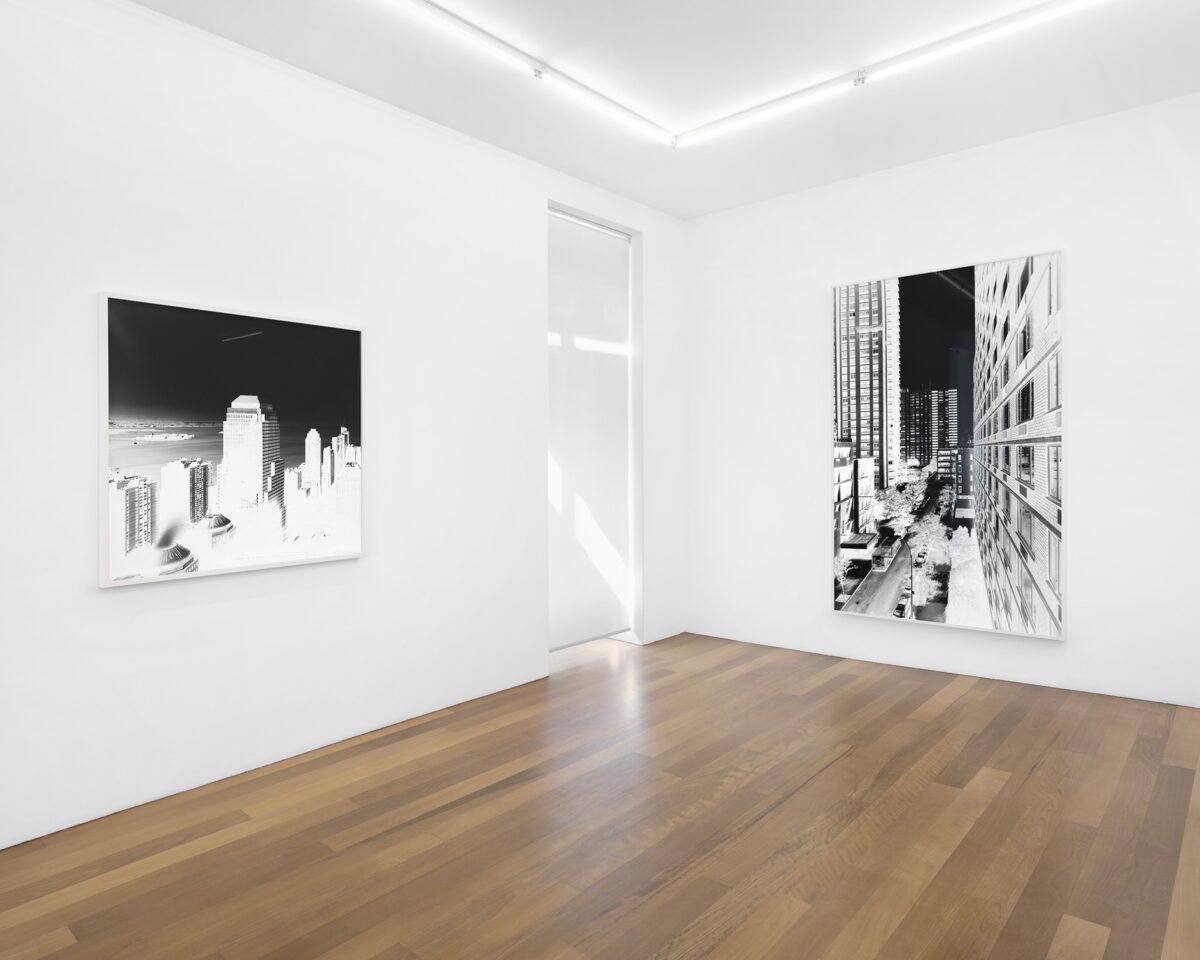
Xippas Gallery in Geneva is pleased to announce a solo exhibition by Vera Lutter. The works presented in this exhibition will include a survey of architectural and industrial images as well as photographs from the artist’s Albescent and Cold Spring series. Though the subjects are immediately recognizable, the inversion of the tones and the passage of time thus captured induce a sensation of mirage which plunges the viewer into deep contemplation.
Visit the Xippas Gallery website here to learn more.
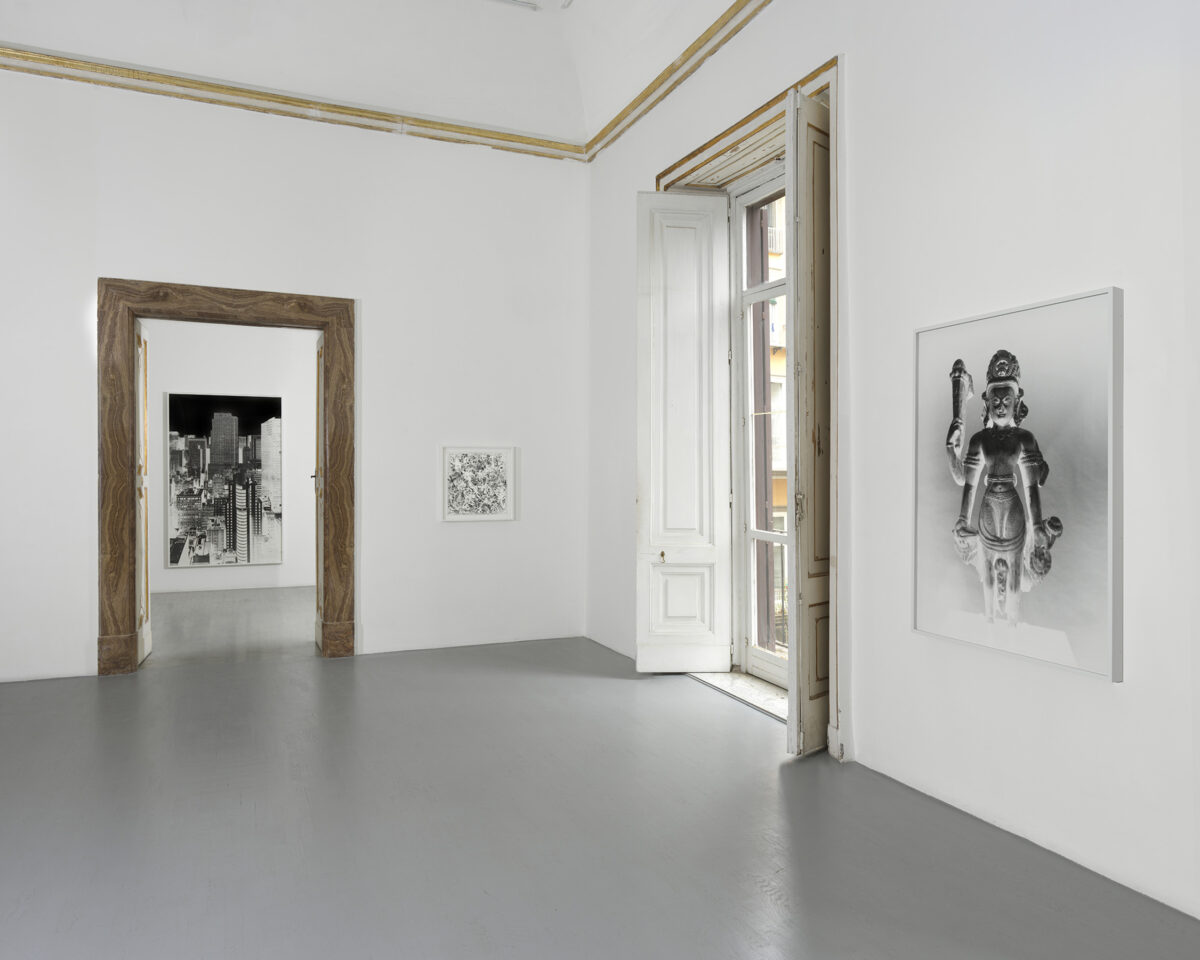
Alfonso Artiaco is pleased to present Between Then and Now, Vera Lutter’s third solo show with the gallery. The exhibition will include recent works from the artist’s project in Rome, Italy; works made during her residency at the Los Angeles County Museum of Art; and a piece created in collaboration with MoMA depicting the museum’s sculpture garden as photographed from inside the institution.
Visit the Alfonso Artiaco website here.
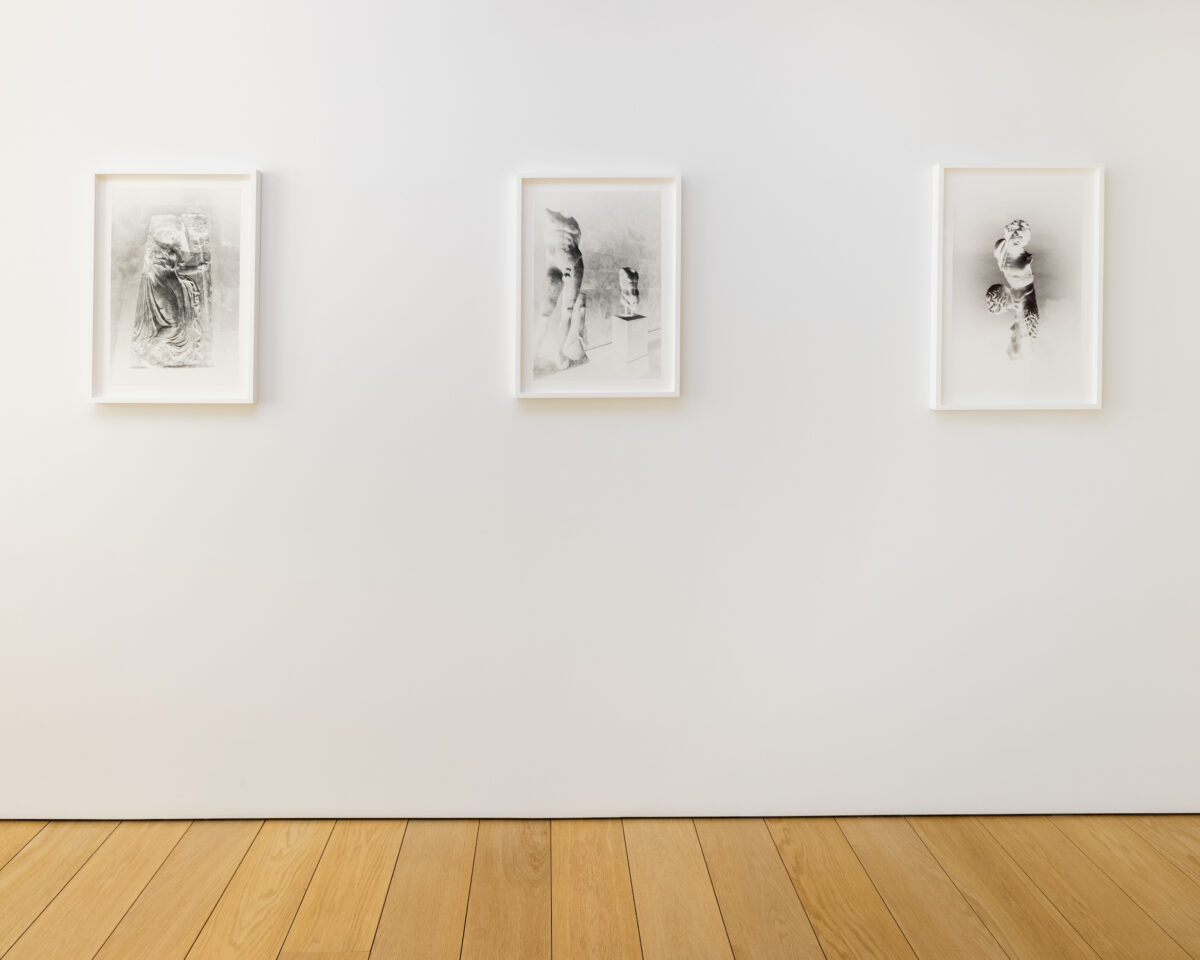
Gagosian is pleased to announce Fragments of Time Past, an exhibition of new work by Vera Lutter featuring photographs of Attica’s ancient architecture, together with her images of the Greek temples of Paestum, Italy, and of classical statues housed in New York’s Metropolitan Museum of Art. This will be Lutter’s first solo exhibition in Athens in more than fifteen years.
Read more on the Gagosian website here.
Click here to learn about the book published on the occasion of this exhibition.
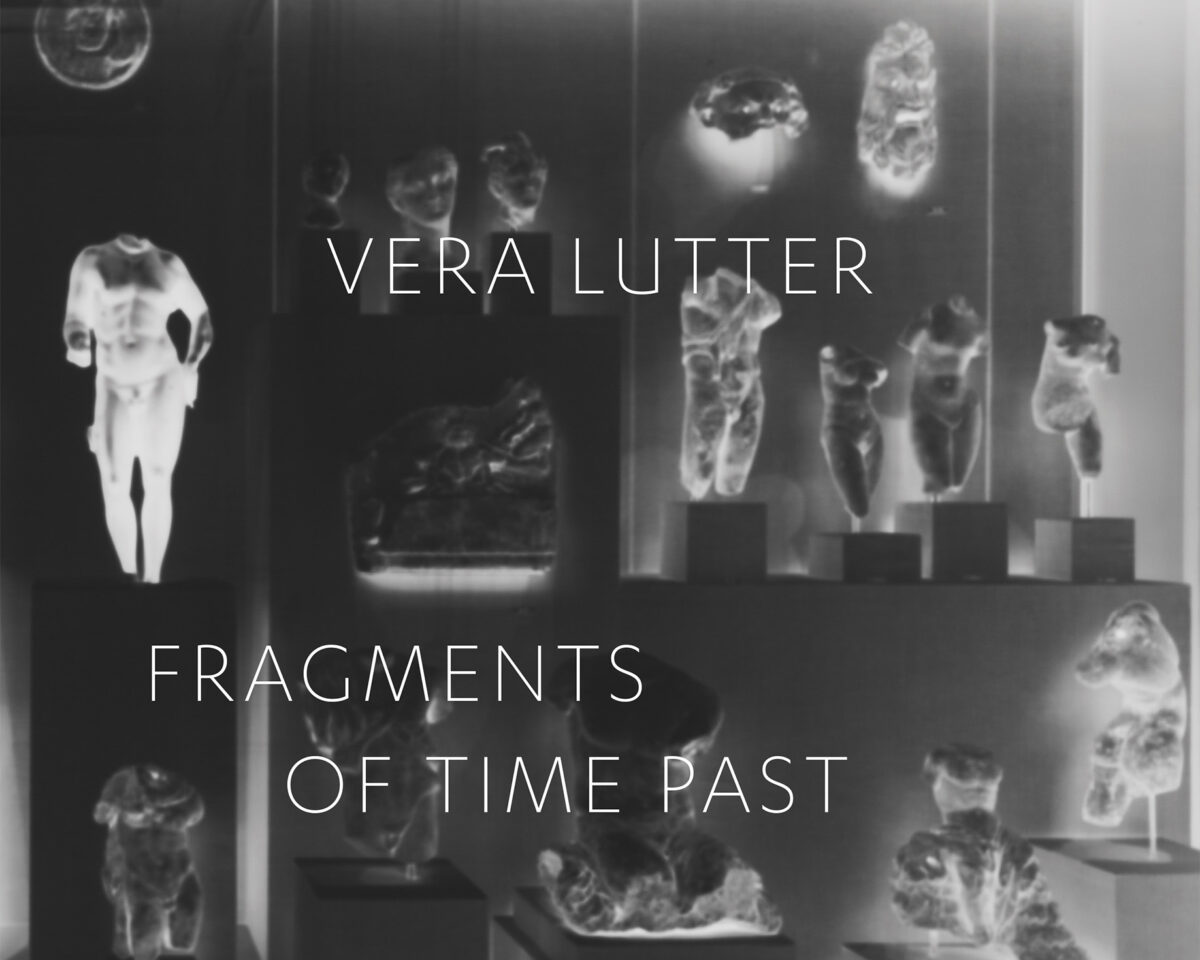
Presented on the occasion of the exhibition by the same name at Gagosian Athens, the publication includes works from the exhibition as well as additional works from the same projects. Also presented in the book is a text by Jean Dykstra titled “Vera Lutter: Time Travel” as well as a statement from Vera on her recent Athens project.
Learn more about the publication here.
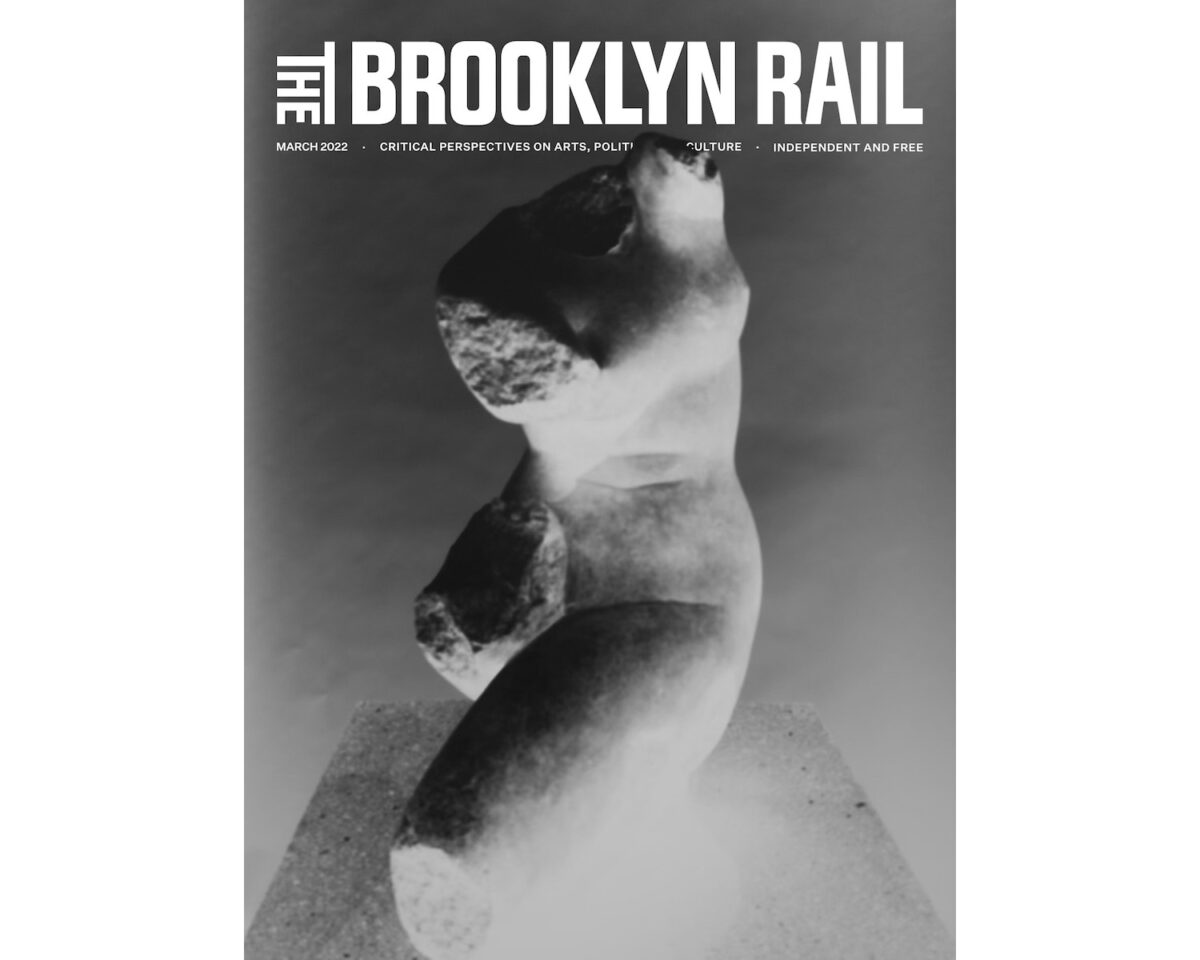
Lutter and Dykstra discuss the artist’s practice and recent project from late last summer when the New York Times asked Lutter to go to Athens to make photographs of the Acropolis and other monuments to accompany an article by Thomas Chatterton Williams.
“Once I decide to do something, I have to find a match in the real world to my mental image. Sometimes I look for it actively, and sometimes I wait until I encounter it.” – Vera Lutter
Read the full interview on brooklynrail.org
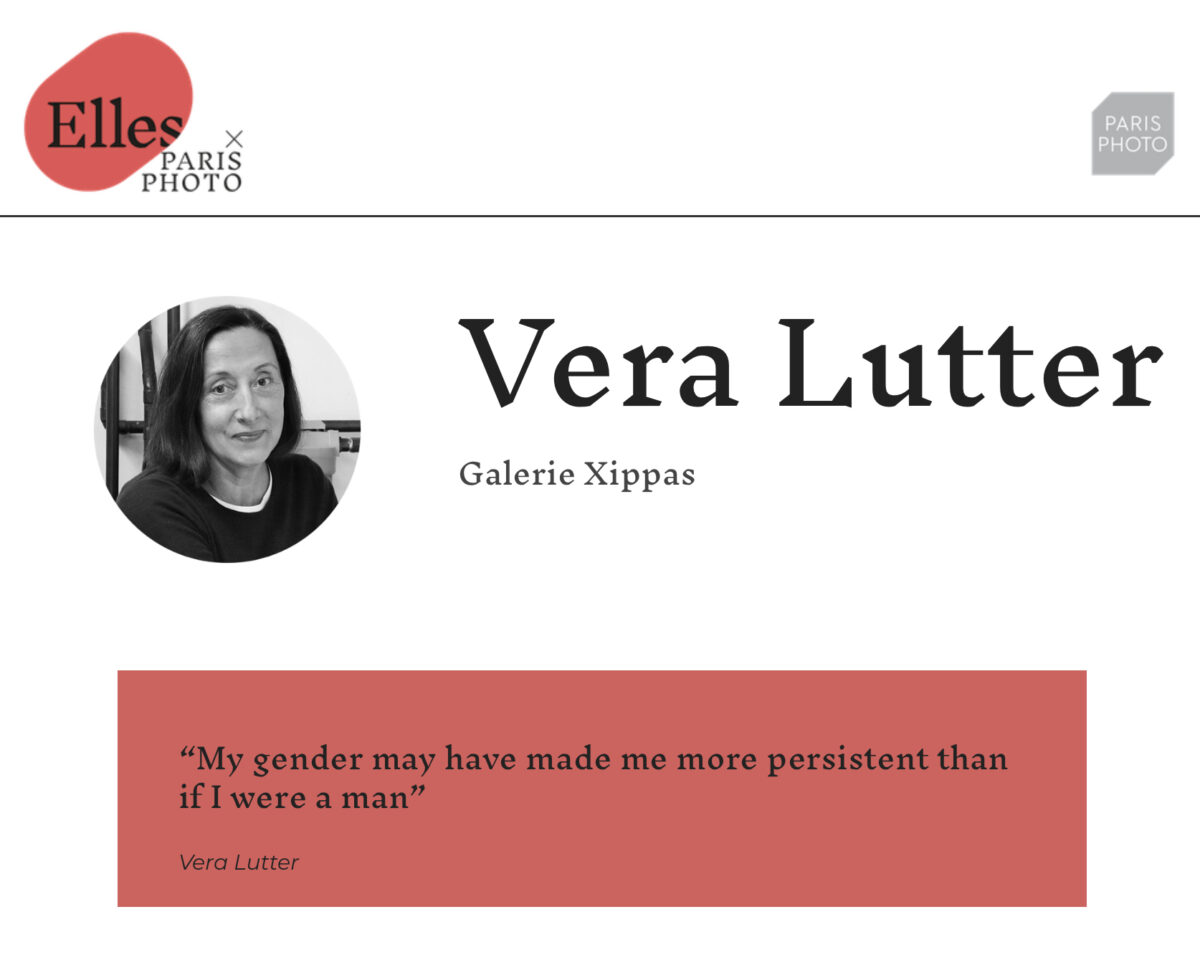
Elles × ParisPhoto: You first trained as a sculptor, how has this practice influenced your visual work?
Lutter: Engagement with any medium informs the mind and trains the eye, but in addition to this, my work requires an ability to create physical structures and turn objects into cameras or modify already existing ones to suite my projects’ needs. The three-dimensional aspect of my practice may not be seen in the final product, but it’s still part of the work.
Read the full interview on parisphoto.com
Available in both English and French
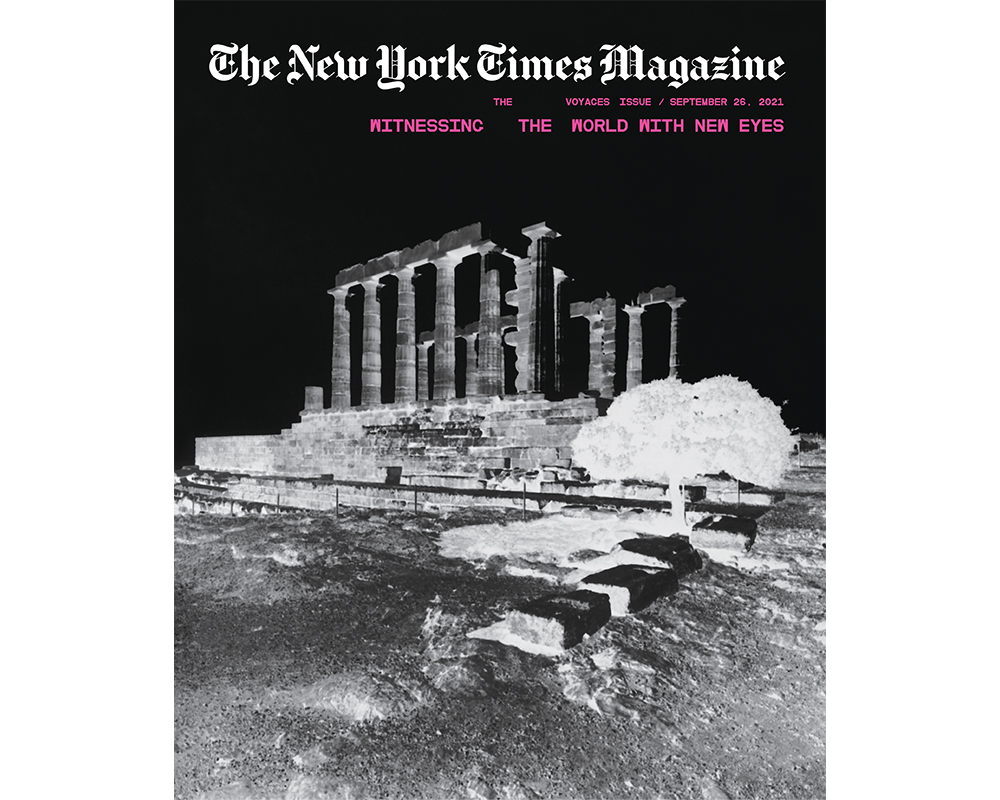
In early August, when The New York Times Magazine reached out to Vera Lutter about documenting ancient Athenian ruins and other monuments to accompany an article by Thomas Chatterton Williams.
During a later interview about her work featured in the Magazine’s Voyages issue, Ms. Lutter had a question of her own to ask about the newspaper. “What I would love to hear from you,” she said, “is do you think they knew what they were getting themselves into?” Read more here.
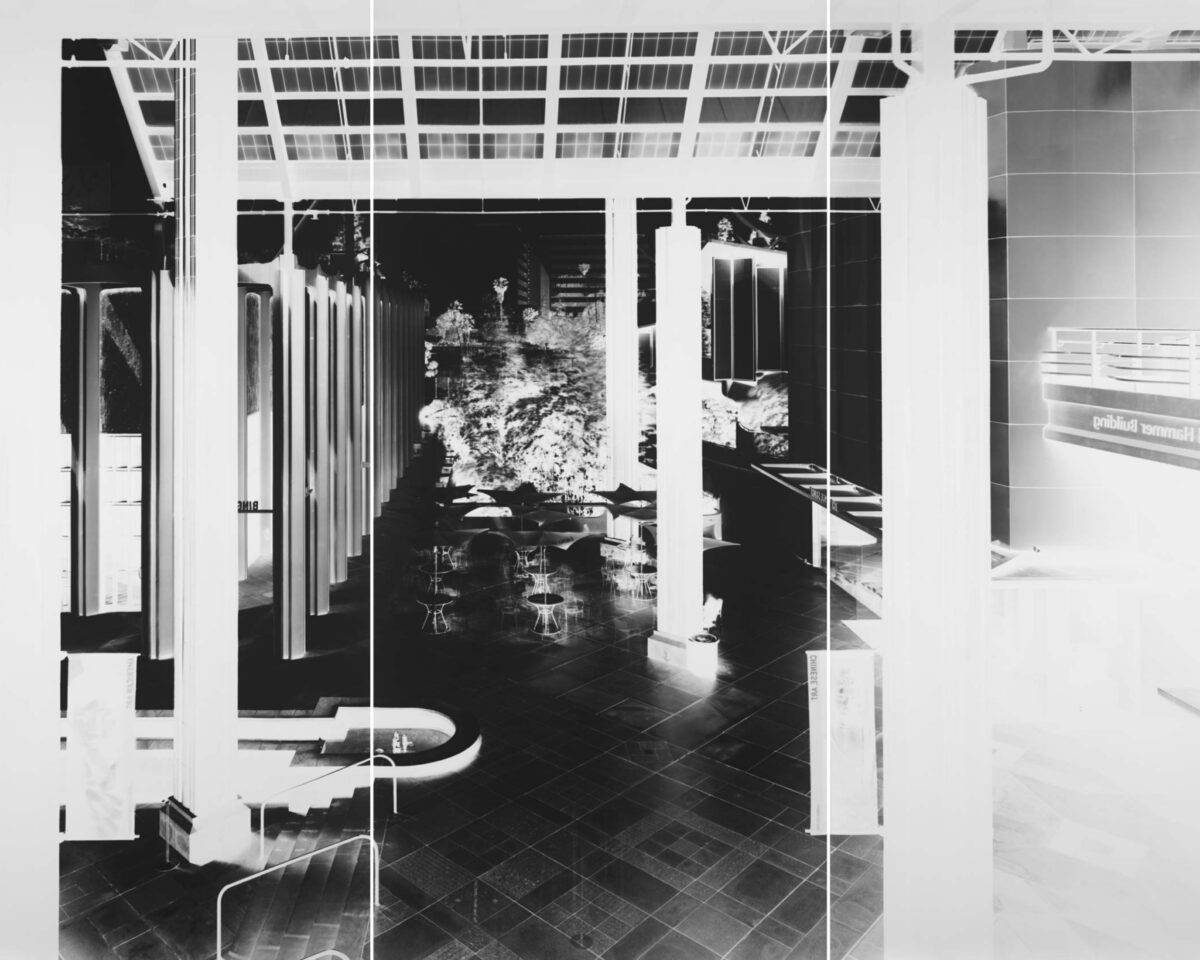
Lutter’s photographs bring us as close as possible to experiencing art as a gallery would, while also providing galleries with an opportunity to make art: The self-portraits possess the interiority of self-expression. Although the past can never be revisited, Lutter’s photographs have the potential to bring future generations into greater intimacy with these demolished buildings than was experienced by people while the buildings existed.
Read more on forbes.com
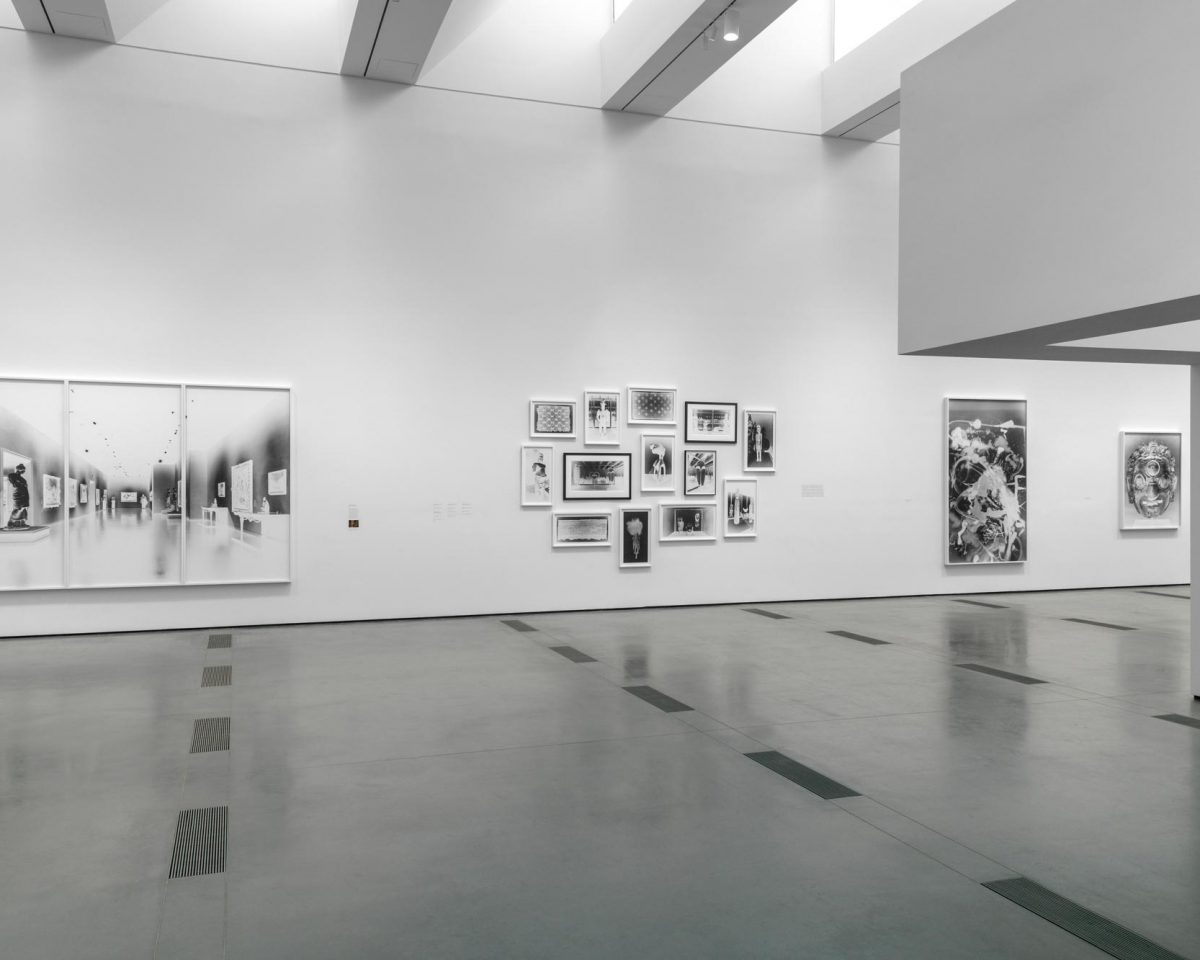
From February 2017 to January 2019, New York–based artist Vera Lutter worked in residence at LACMA, creating a new body of work examining the campus architecture, galleries, and collection holdings. Lutter uses one of the oldest optical technologies still in use, that of the camera obscura. By building room-sized cameras and placing unexposed photo paper across from a pinhole opening, Lutter has adopted the camera obscura as her singular working method, resulting in photographs with an ethereal, otherworldly beauty.
Read more on unframed.lacma.org
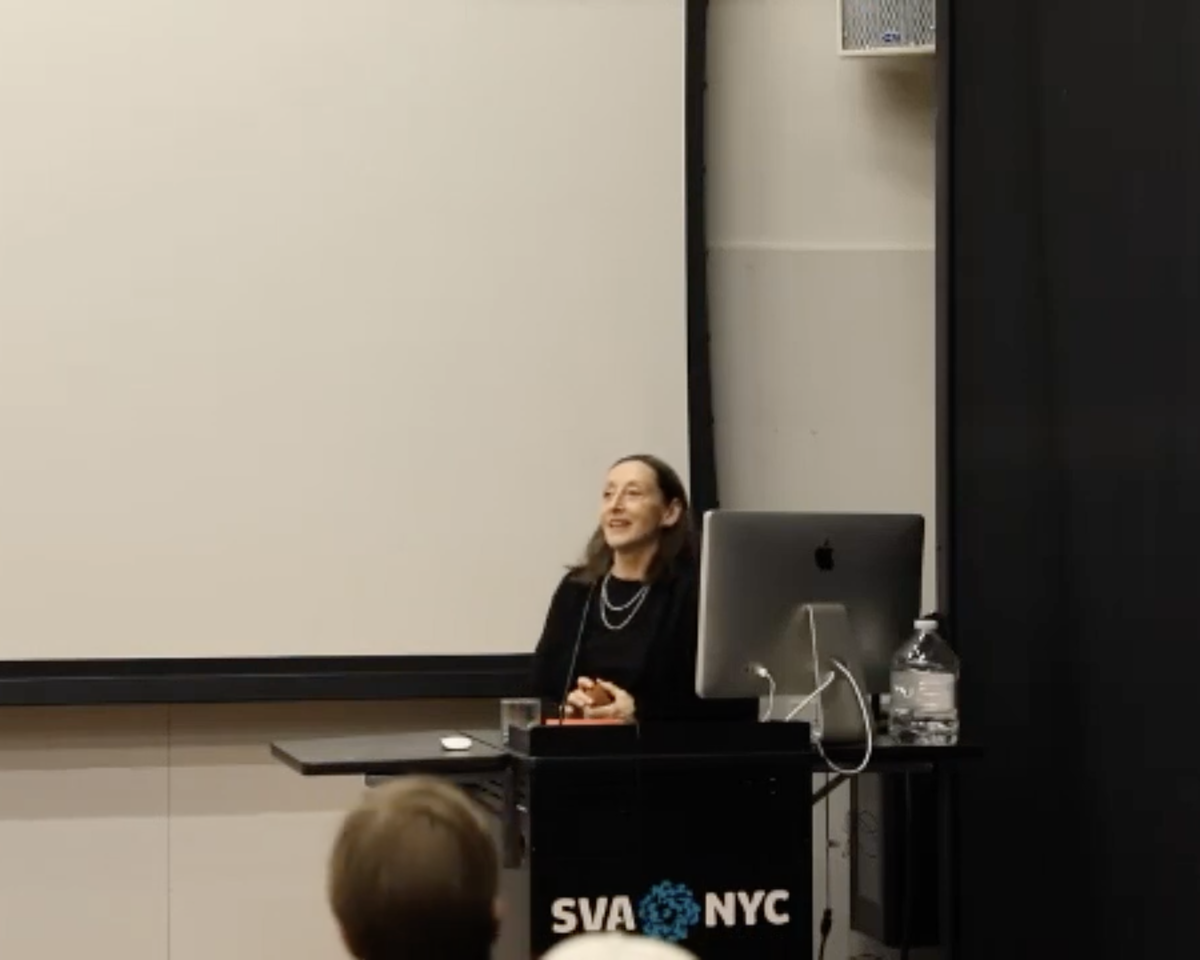
In the second installment of MFA Photography, Video and Related Media’s Spring Scheimpflug lecture series, alumna Vera Lutter speaks to the SVA department in person and via Zoom.
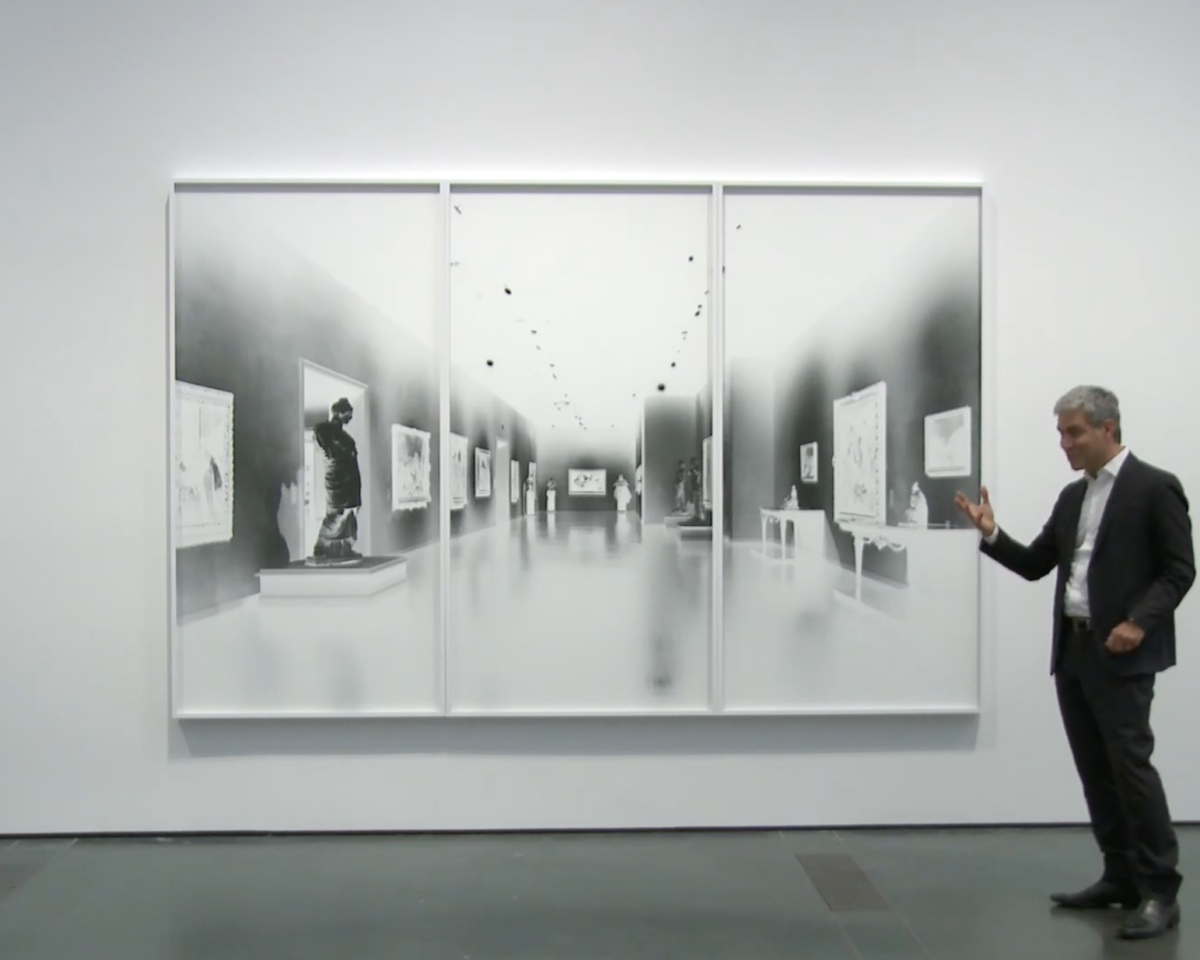
Join LACMA CEO and Wallis Annenberg Director Michael Govan and Associate Curator of Contemporary Art Jennifer King for an insightful conversation and tour of the exhibition “Vera Lutter: Museum in the Camera.” From February 2017 to January 2019, New York-based artist Vera Lutter was invited by LACMA to work in residence at the museum, creating a new body of work examining the campus architecture, galleries, and collection holdings. Vera Lutter: Museum in the Camera features the compelling photographs made during her two-year residency.
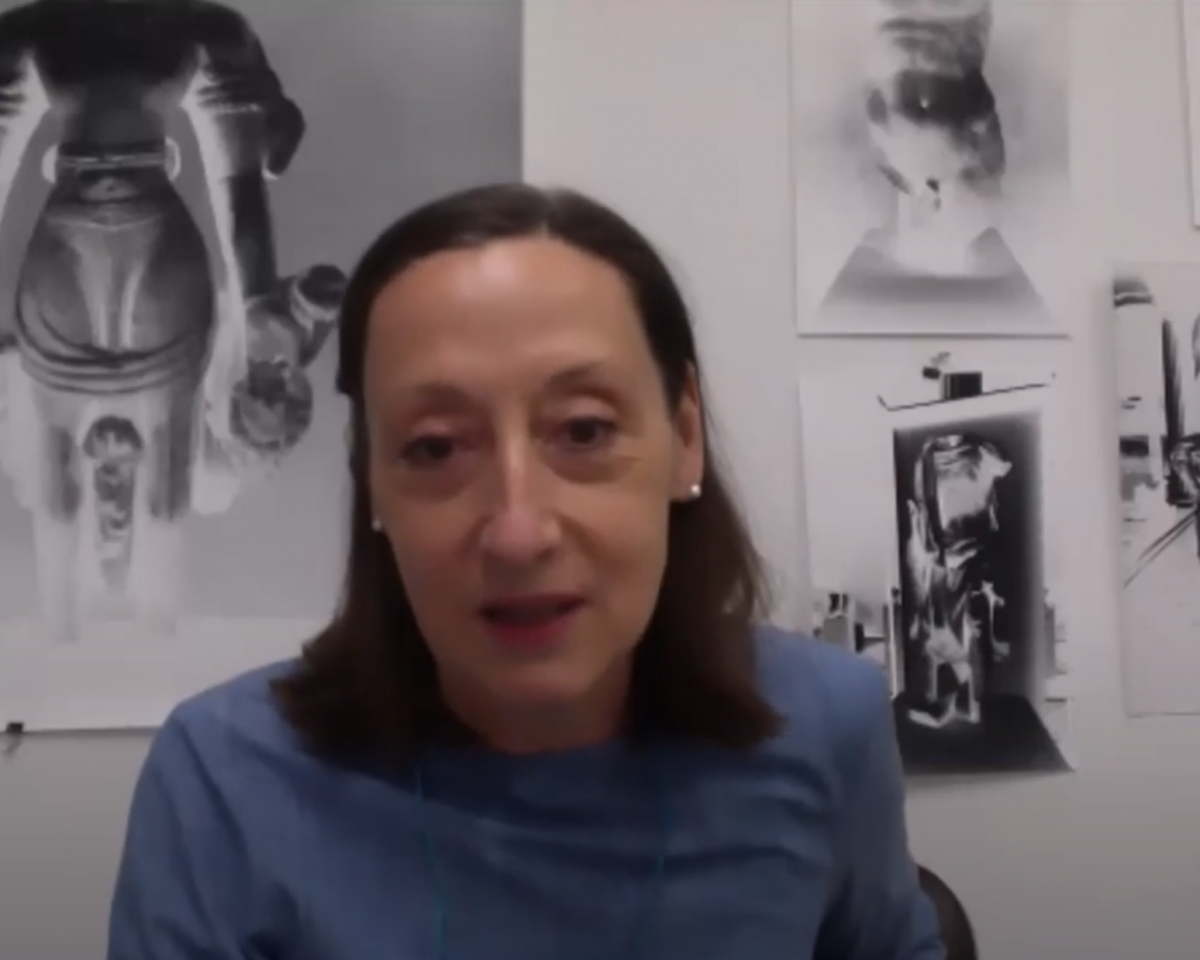
Drawing inspiration from the urban landscape, Lutter’s work utilizes the tool of the camera obscura to render the world around her unfamiliar and new.
Read more on mocp.org
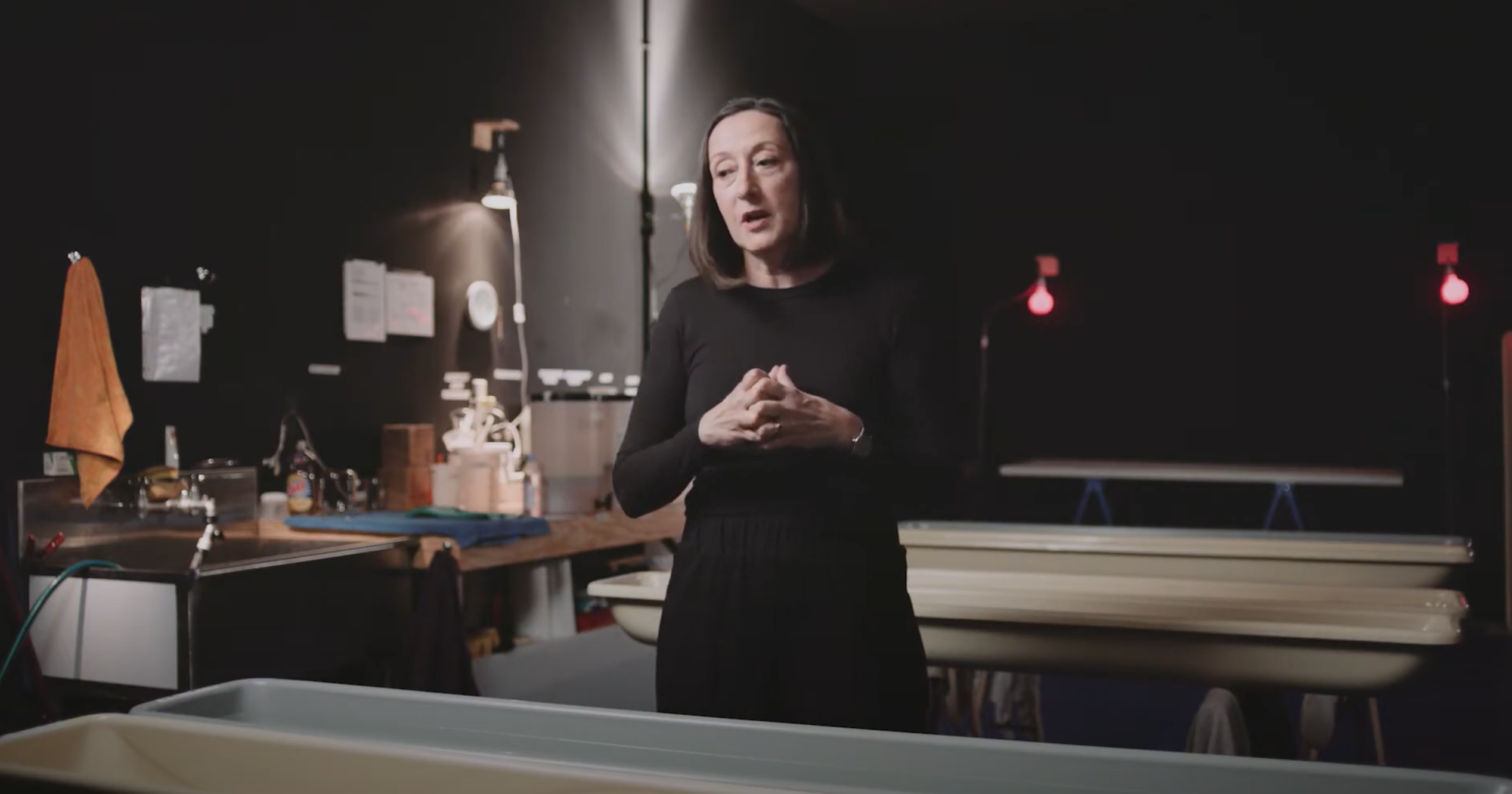
New York-based artist Vera Lutter uses the camera obscura to create photographs with an ethereal, otherworldly beauty.
From February 2017 to January 2019, Lutter was invited by LACMA to work in residence at the museum, creating a new body of work examining the campus architecture, galleries, and collection holdings. This short film shares rare behind-the-scenes footage of the artist, her assistants, and the museum staff that was filmed during Lutter’s residency in Los Angeles, as well as insights from Vera Lutter and curator Jennifer King into the artistic process and the meanings they find in these dreamlike prints.
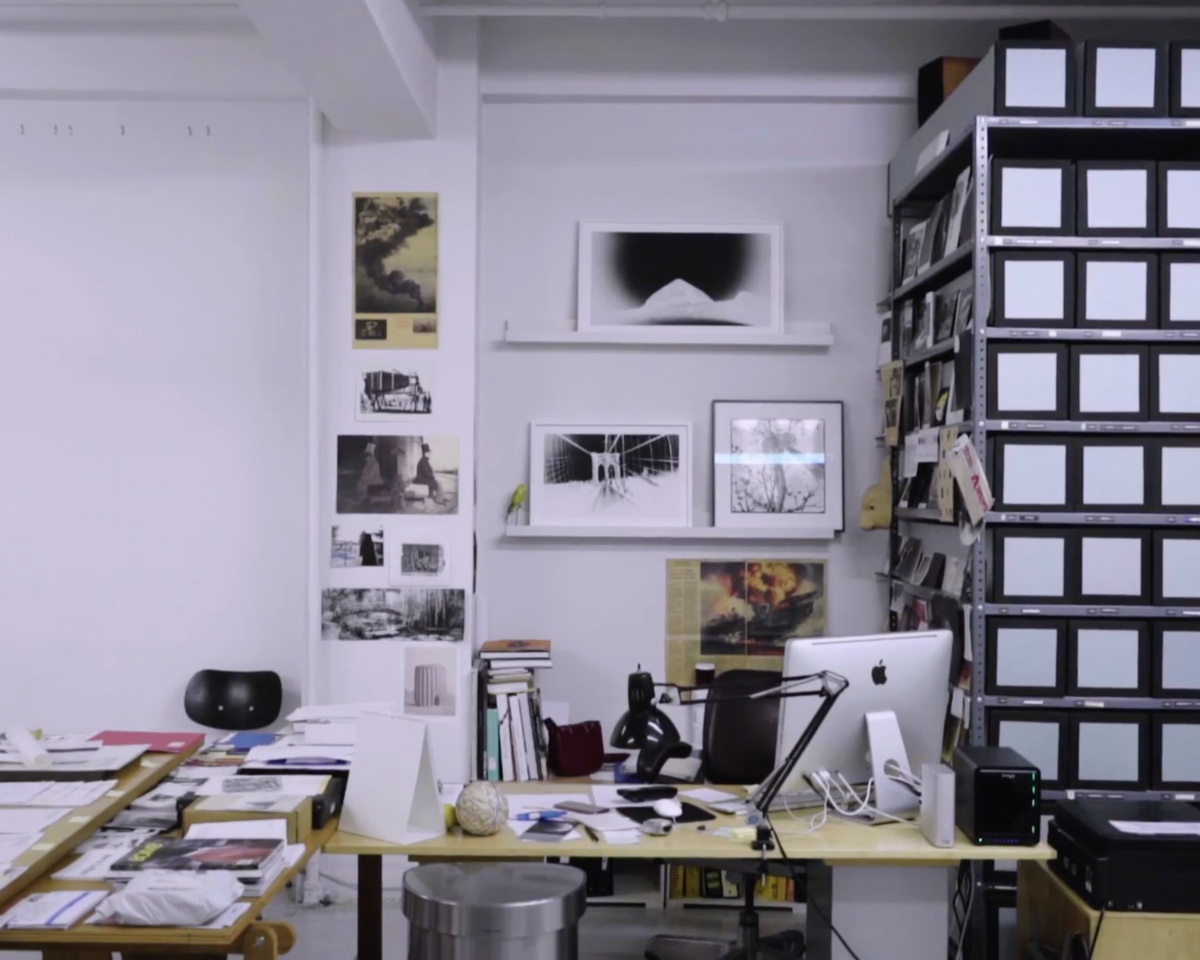
On the occasion of being featured in Phillips’ exhibition NOMEN: American Women Artists from 1945 to Today, Vera Lutter sat down with us discuss the evolution of her practice and the evolving landscapes that have characterized her career to date
Watch the full video here.
Produced by Phillips (2019)
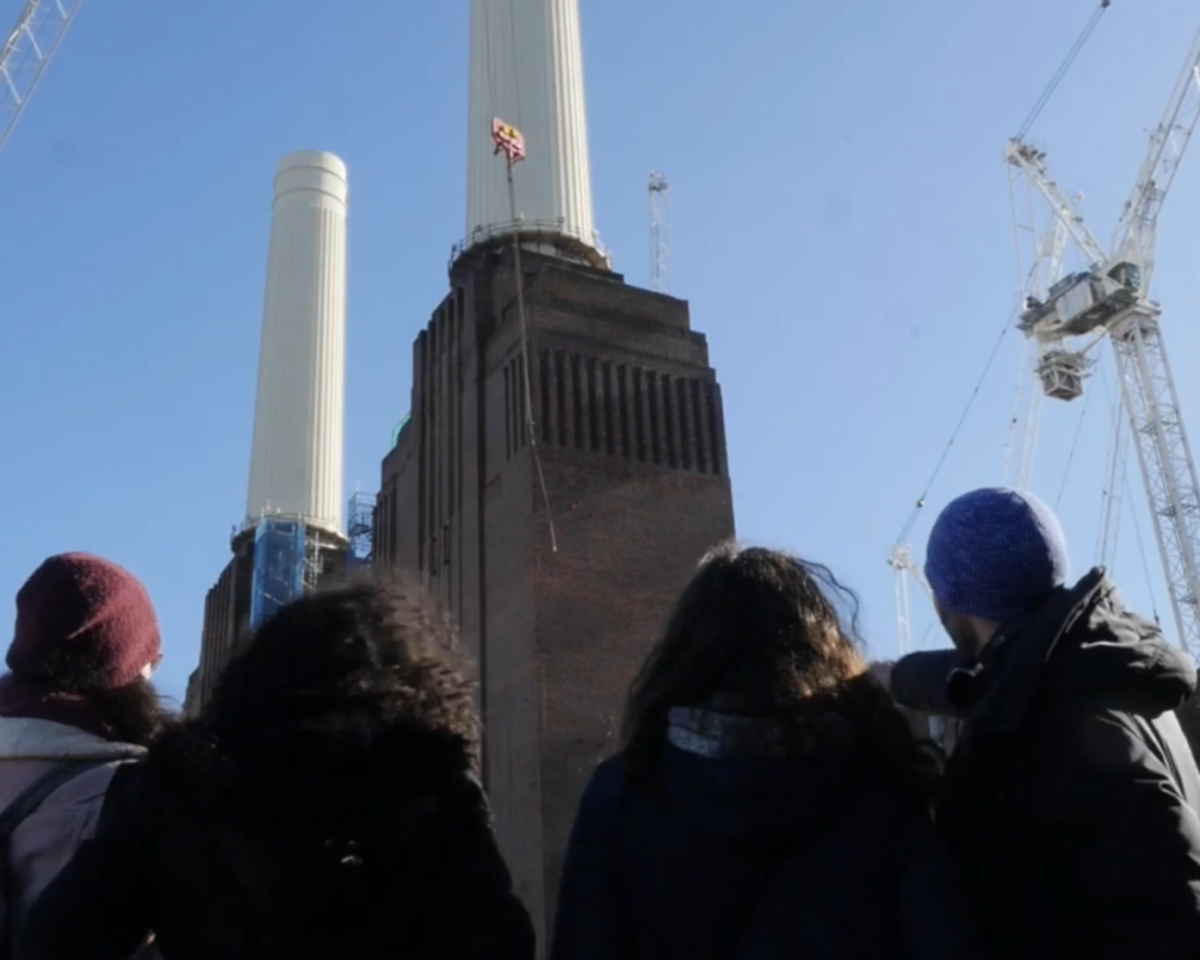
In 2015, the Museum of London began Beyond Documentary, a three-year project supported by the Heritage Lottery Fund. This project has allowed them to expand the museum’s photography collection by collecting images which push the boundaries of traditional photography. The Museum of London has been collecting and displaying photographs since its creation. The collection’s roots lie in the photographs acquired from 1912 onward by its precursor, the London Museum, and images acquired in the early 1970’s for the museum’s new home at London Wall.